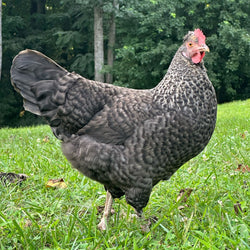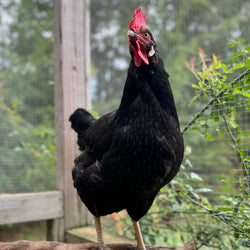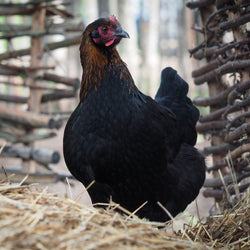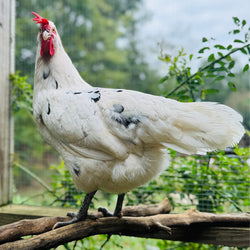page=48/--
Frequently Asked Questions
Here we answer the most commonly-asked questions about ordering, chicken care, and more.
All about Mycotoxicosis disease
When feed gets wet, it can grow mold or other fungi that can produce toxins that are dangerous or even deadly for chickens. When a bird ingests those toxins, the result can be Mycotoxicosis, which can produce varied symptoms among your flock. The simplest preventative? Keep your feed dry. Read on to find out more information: Mycotoxicosis Also called Aflatoxicosis, Aflatoxicosis, Ergotism, Fusariotoxicosis, Oosporein Mycotoxicosis, other mycotoxicoses (consumption of toxins produced by fungi) Prevalence Sporadic Signs General signs - Various, depending on the type of toxins ingested, but often watery droppings, egg quality issues, lesions, slowed growth or weight loss....
Read MoreAll about Fowl Spirochetosis (Brachyspira) disease
Giving your flock plenty of space and a clean, dry, coop and run area with little stress is more than just a luxury for your birds; it's also a great way to help protect them against many diseases, including Spirochetosis. Spirochetosis can be caused by the Brachyspira or the Borrelia bacterium. Both are treatable using antibiotics--under a veterinarian's care. This article examines the type caused by Brachysprira bacteria: Fowl Spirochetosis (Brachyspira) Also called AIS, Avian Intestinal Spirochetosis, Avian Spirochetosis Prevalence Common in some areas Signs General signs - Sometimes no symptoms. Other times, symptoms may include lack of appetite, lethargy,...
Read MoreAll about Fowl Spirochetosis (Borrelia) disease
Spirochetosis is a tick-born bacterial disease that is rare in the United States (thankfully!). Spirochetosis can be caused by the Brachyspira or the Borrelia bacterium. Both are treatable using antibiotics--under a veterinarian's care. This article examines the type caused by Borrelia bacteria: Fowl Spirochetosis (Borrelia) Also called AIS, Avian Intestinal Spirochetosis, Avian Spirochetosis Prevalence Uncommon in North America, but more so in the south because the primary tick that spreads the disease prefers a warm climate. Climate change is likely to make this infection more common in the future. Signs General signs - Sometimes no symptoms. Other times, symptoms may...
Read MoreWhat is a chicken run?
A chicken run is the fenced or enclosed outdoor space you provide for your chickens. The coop is the indoor space---where they go to sleep on their roost and lay eggs in their nests---and the run is the outdoor space, where they may sun bathe or dust bathe, forage in garss and scratch in the dirt. In general, you want to provide your chickens a MINIMUM of about 10 square feet per bird of space overall, split between the coop and the run. The more space the better! Since chickens prefer to spend most of their time outdoors foraging in...
Read MoreHow much space should my chickens have in their run?
The "run" is a fenced or enclosed yard space you give your flock outdoors, where they can forage, sunbathe and generally engage in all the chicken-y behaviors that make them happy. The more space your flock has, the better! With lots of space, your flock will be less stressed. A large outdoor run area can also help balance a small coop. When your flock is concentrated into a very small area, they have more of a tendency to pick on one another and squabble. A larger RUN helps this situation far more than a larger COOP, because it's the run...
Read MoreHow long are roosters fertile?
Like with any animal, this can depend on the particular bird. That said, roosters are sort of like human males: they will probably be fertile most of their lives! And if you have a great rooster, it makes sense to allow him to fertilize eggs for as long as possible to pass on those good genes. Black Frizzle Bantam Rooster If you're worried about whether your rooster is fertilizing eggs, just check your eggs to see if they're fertile. If they are mostly fertile, your rooster is doing his job!
Read MoreAll about Airsacculitis disease
Airsacculitis--or inflammation of the air sac--can be caused by many different bacteria and will present symptoms in chickens that look something look bronchitis or pneumonia in humans. There are many other respiratory illnesses that present similar symptoms, however, so it's always a good idea to get a veterinarian's assessment to make sure you have the proper diagnosis and treatment plan for your bird. Read on to find out more: Airsacculitis Also called Air sac disease, air sac infection, air sac syndrome, sac disease Prevalence Common Signs General signs - Coughing, loss of appetite, nasal discharge, weight loss or stunted growth,...
Read MoreHow much protein should be in my chicken feed?
The right protein content in your feed is super important for raising a healthy flock--and commercial rations are probably the easiest way to get the right amount, as well as the right nutrition for your birds. But if that's true, why do different brands have different levels of protein, and what amount in best? There's variation because there's an ideal range of protein content, AND because the range varies based on your birds' ages. Ideal protein for laying breeds based on age Chicks up to 6 weeks old: 20% - 22% protein 7 weeks to point of lay: 14% -...
Read More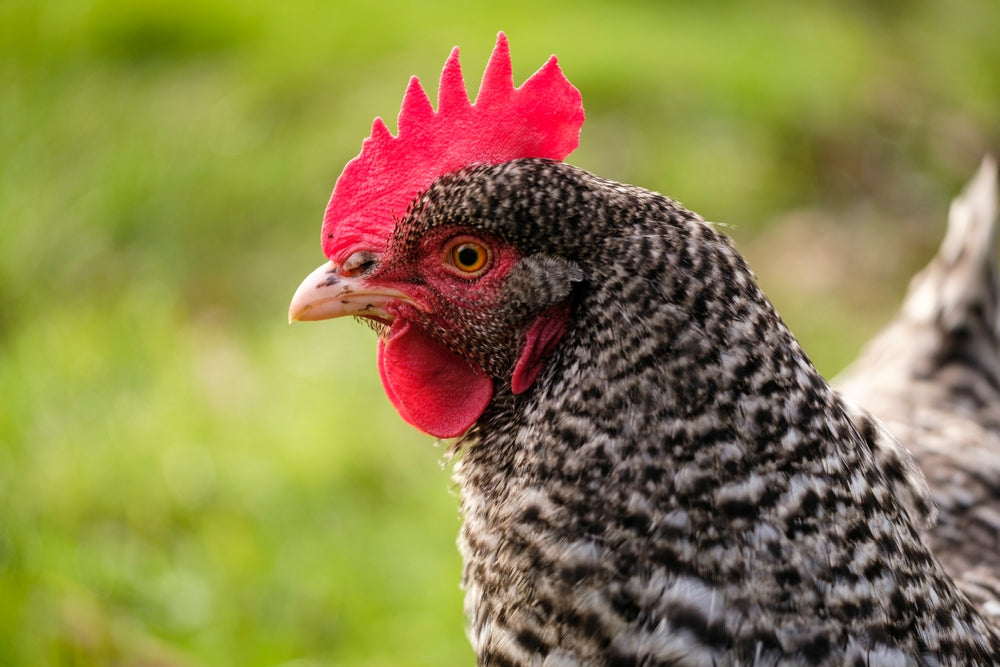
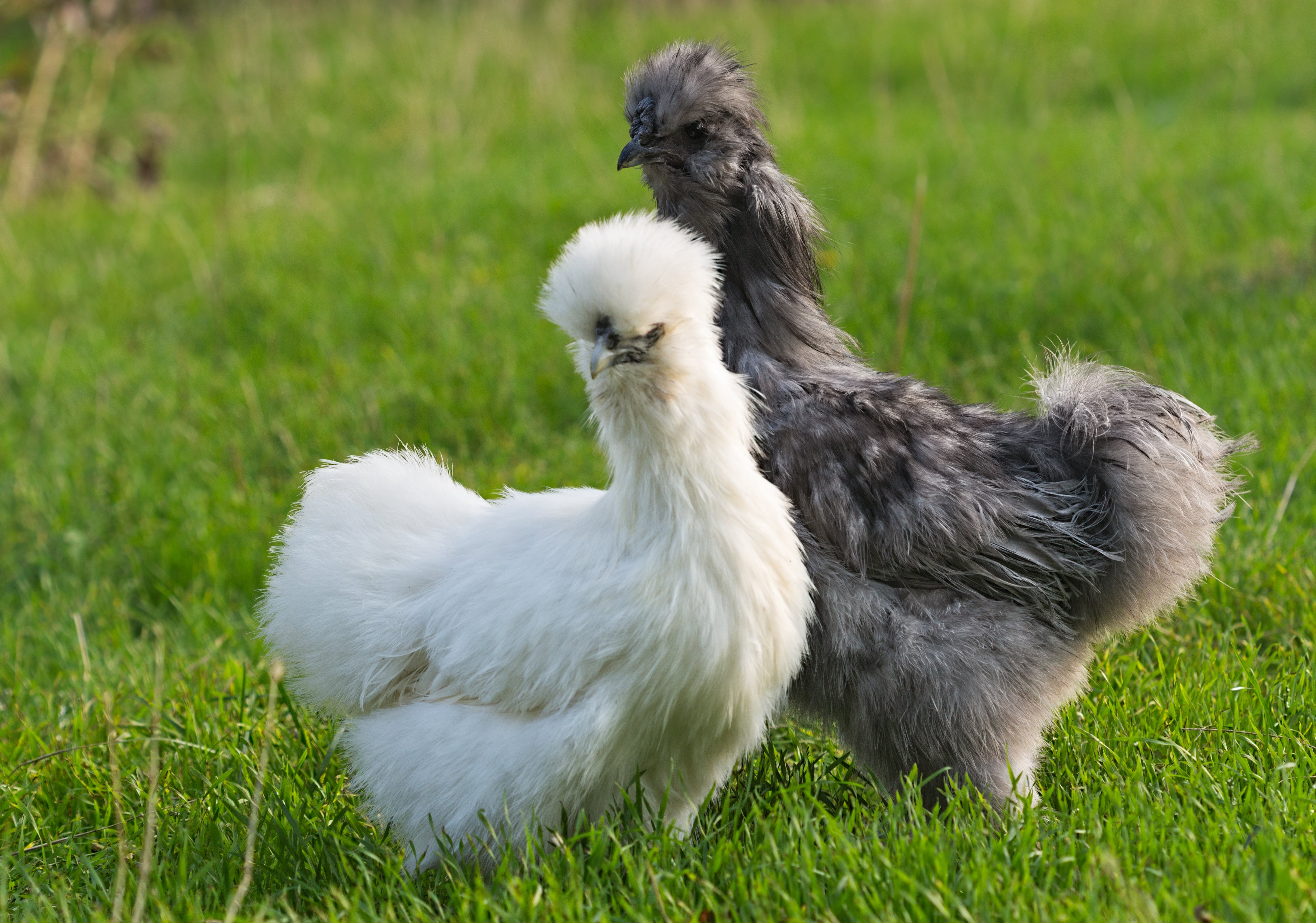
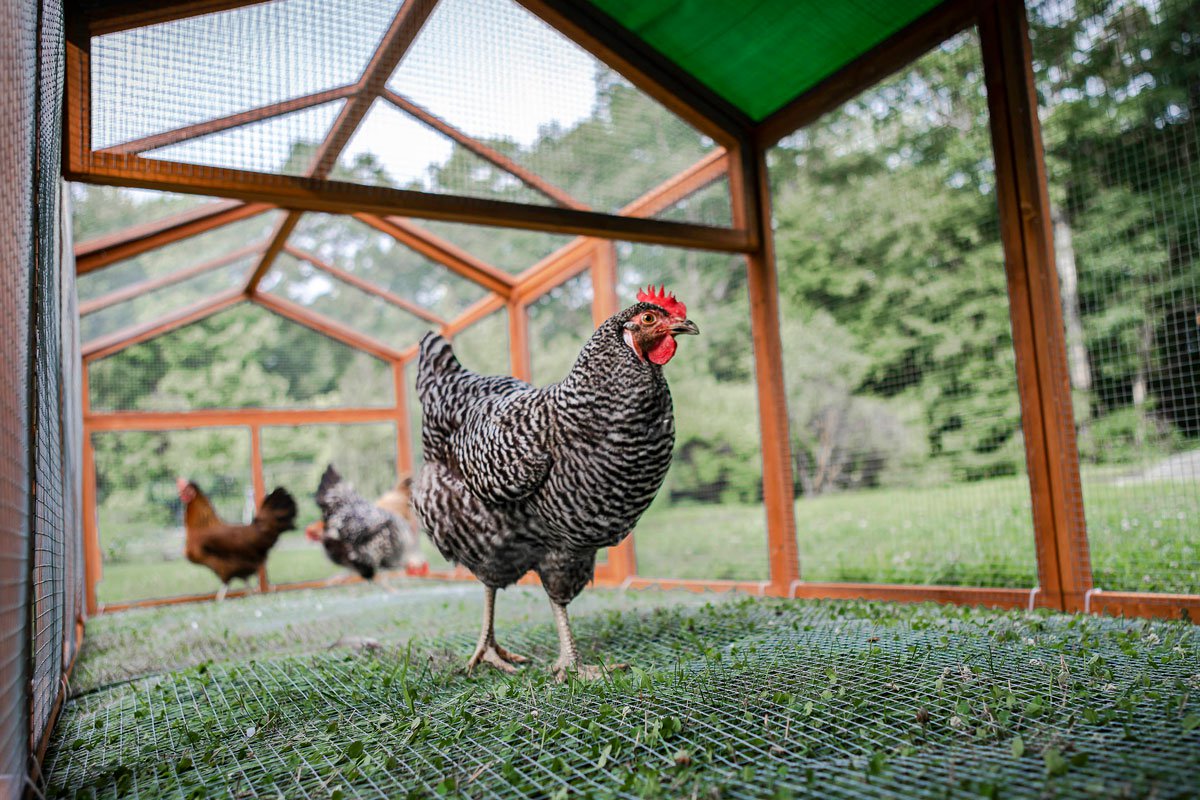
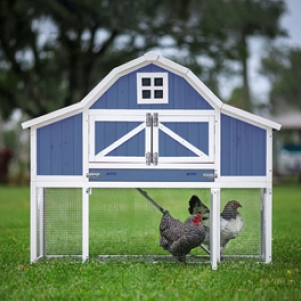
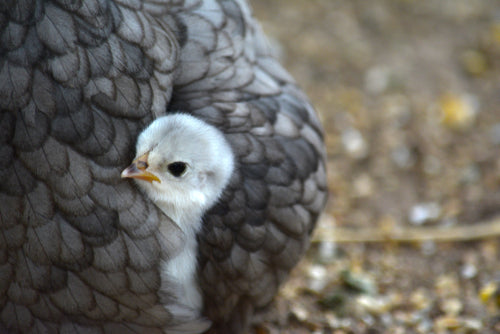
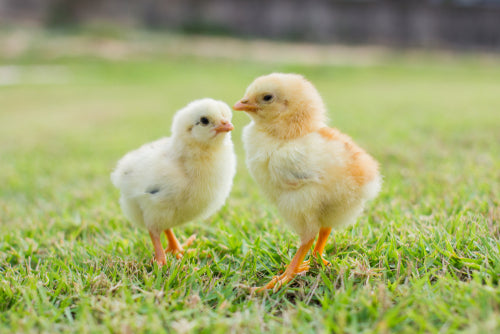
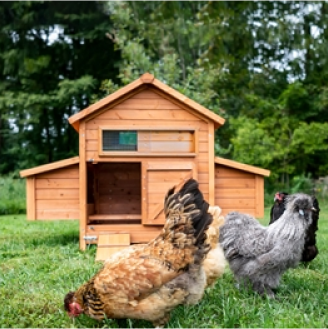

"The Clubhouse" Coop
Easy to assemble and built to last, the Clubhouse Coop is the perfect starter coop for a small flock.

